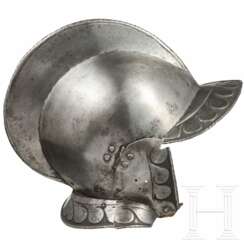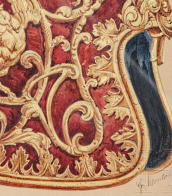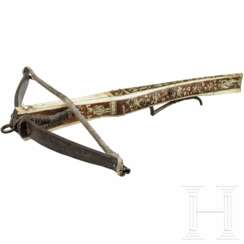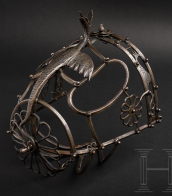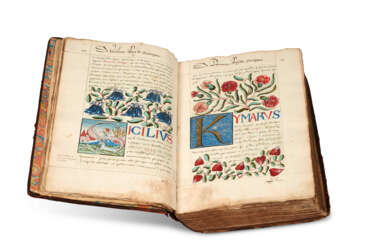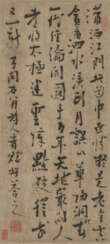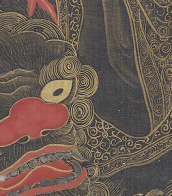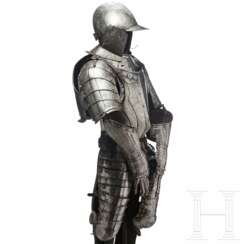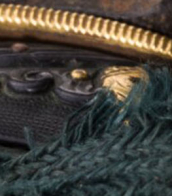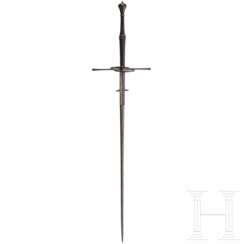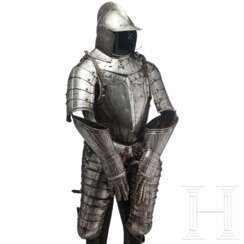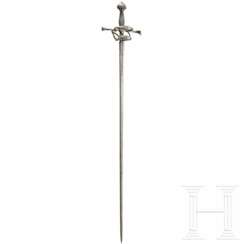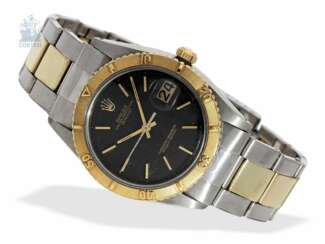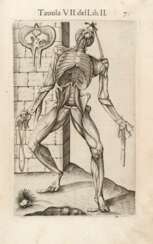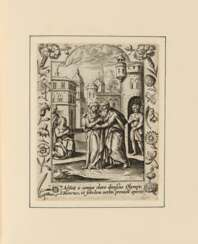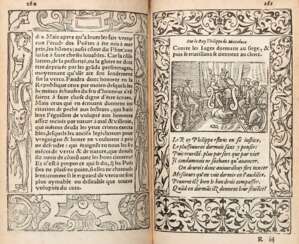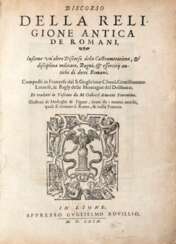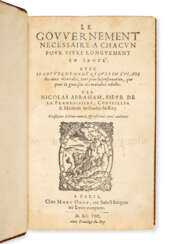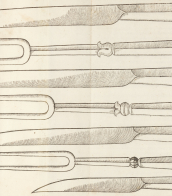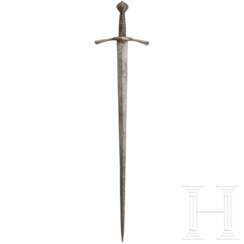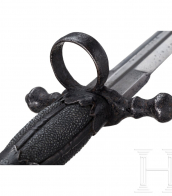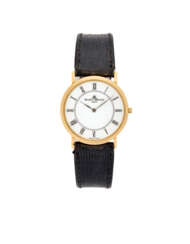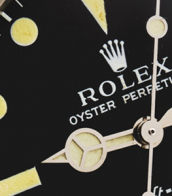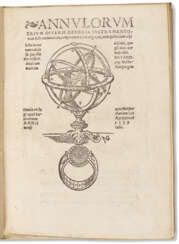cal. 1560
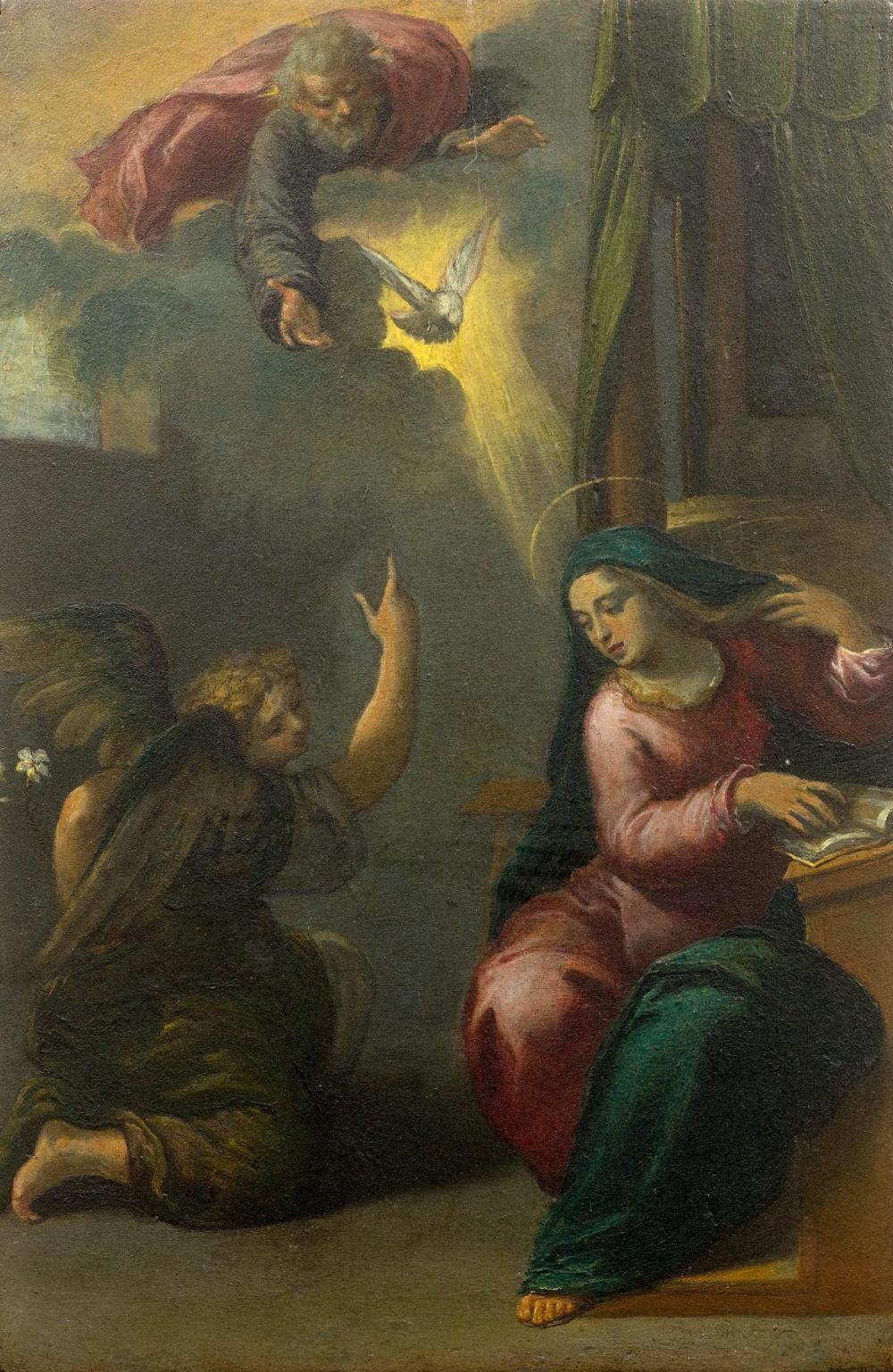
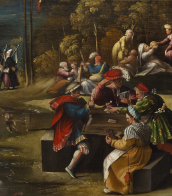
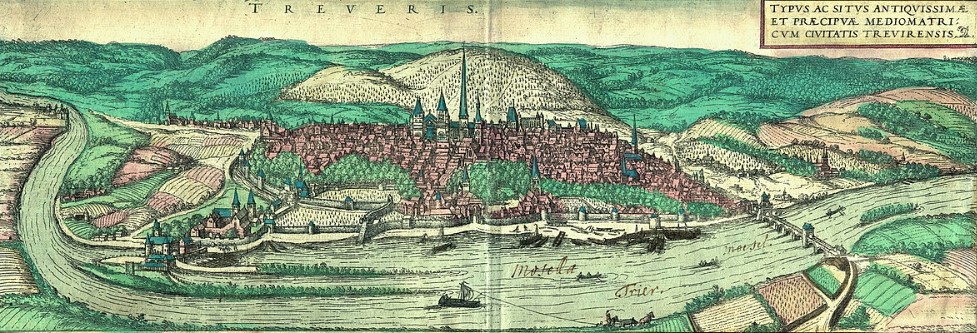
Frans Hogenberg was a Flemish and German painter, engraver, and mapmaker. He is known for portraits and topographical views as well as historical allegories. He also produced scenes of contemporary historical events. Hogenberg was the author of graphic works, engravings of city views and maps of the first four volumes of the six-volume atlas Theatrum Orbis Terrarum (Description and drawings of the most famous cities in the world), published in 1570 by the Flemish geographer Abraham Ortelius. Hogenberg's engravings are an invaluable source of information about urban development in medieval Europe.
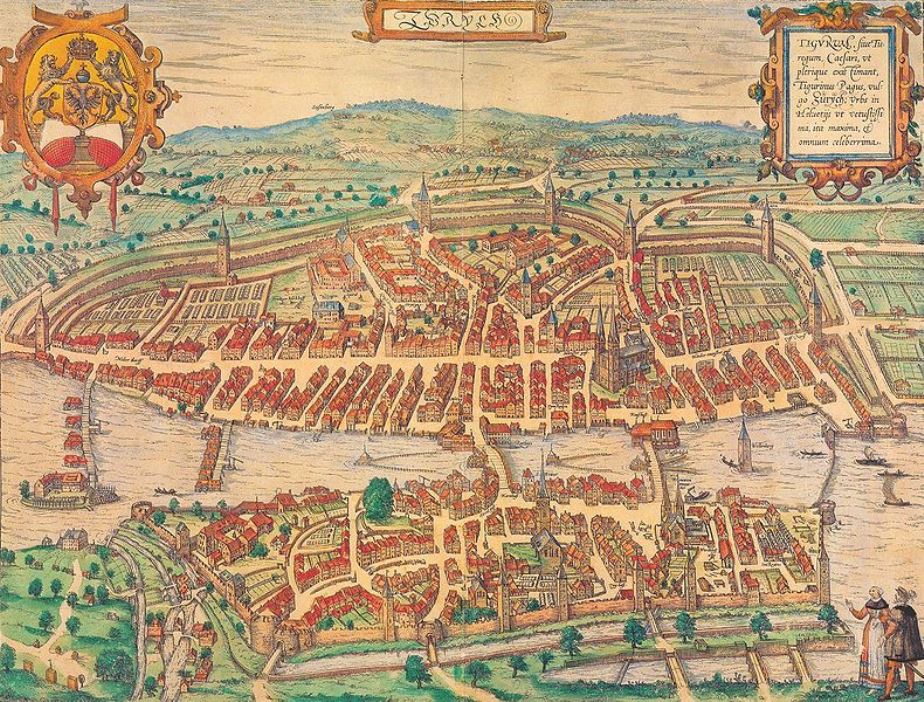
Georg Braun was a German topographical geographer, cartographer and publisher.
Braun was the editor-in-chief of the Civitates orbis terrarum, a groundbreaking atlas of cities, one of the major cartographic achievements of the 16th century. It was the first comprehensive and detailed atlas, with plans of the world's famous cities and bird's-eye views, and became one of the best-selling works of the time.
The book was prepared by Georg Braun in collaboration with the Flemish engraver and cartographer Frans Hoogenberg. Braun, as editor-in-chief, acquired tables, hired artists, and wrote the texts. They drew on existing maps as well as maps based on drawings by the Antwerp artist Joris Hofnagel and his son Jacob. Other authors include Pieter Bruegel the Elder (c. 1525-1569), Jacob van Deventer (c. 1505-1575), and more than a hundred other artists and engravers.
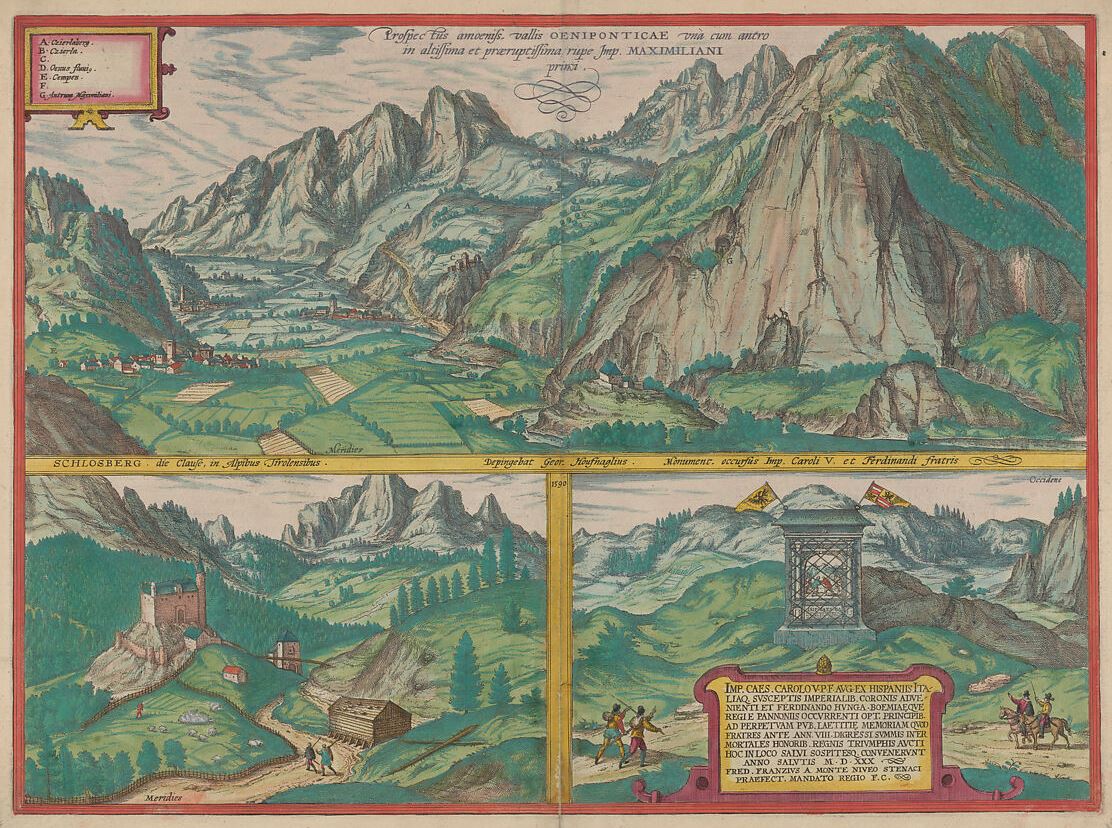
Simon Novellanus was a Dutch-born German artist, graphic artist and engraver who worked in Cologne in the second half of the 16th century.
He is known to have been a skilled engraver and collaborated with cartographer and engraver Franz Hogenberg in the production of books and atlases. Novellanus's sprawling, multi-layered landscapes are executed in a light and varied etching technique that creates intense light and atmosphere.

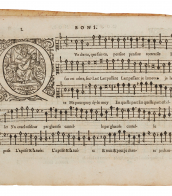
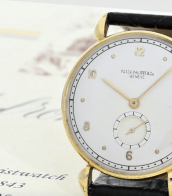
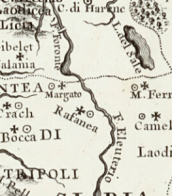

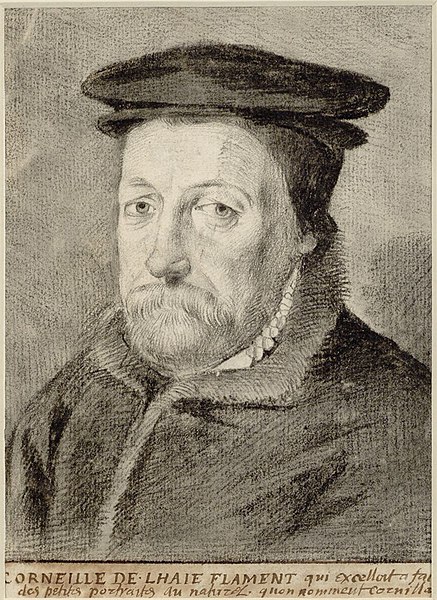
Corneille de Lyon, also Corneille de La Haye, was a Dutch painter who worked most of his life in Lyon. Portraitist, one of the most talented and prolific Renaissance painters.
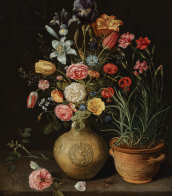
.jpg)
Perino del Vaga (nickname of Piero Bonaccorsi) was an Italian painter and draughtsman of the Late Renaissance/Mannerism.
Del Vaga's style was renowned for his vitality and elegance. His paintings are considered important in the mediation between the Roman Raphaelesque tradition and the first Florentine Mannerism. He combined the manners of Raphael and Andrea del Sarto. Many of his works were engraved, even in his own lifetime. Daniele da Volterra, Girolamo Siciolante da Sermoneta, Luzio Romano and Marcello Venusti were among his principal assistants.

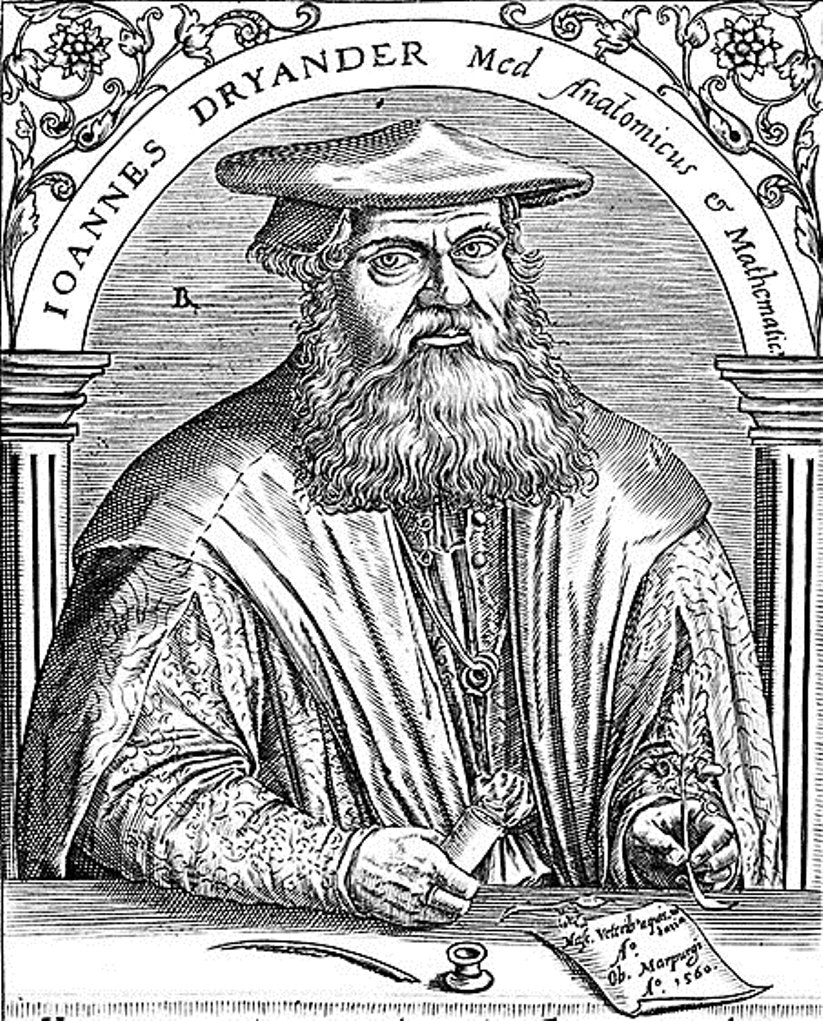
Johann Dryander, born Johann Eichmann, was a German medical anatomist, mathematician and astrologer.
He studied anatomy and medicine at the University of Paris and the University of Erfurt, and in 1535 became professor of medicine at the University of Marburg. A year later, Dryander performed two public autopsies, making the first illustrated description of the dissection of the human brain. Dryander titled his book Anatomiae, hoc est, corporis humani dissectionis pars prior ("Anatomy, that is, the dissection of the human body, part one," suggesting a sequel, which, however, did not follow.
His work made a significant contribution to the development of modern anatomy. Toward the end of his life, Dryander also dabbled in astrology and mathematics.
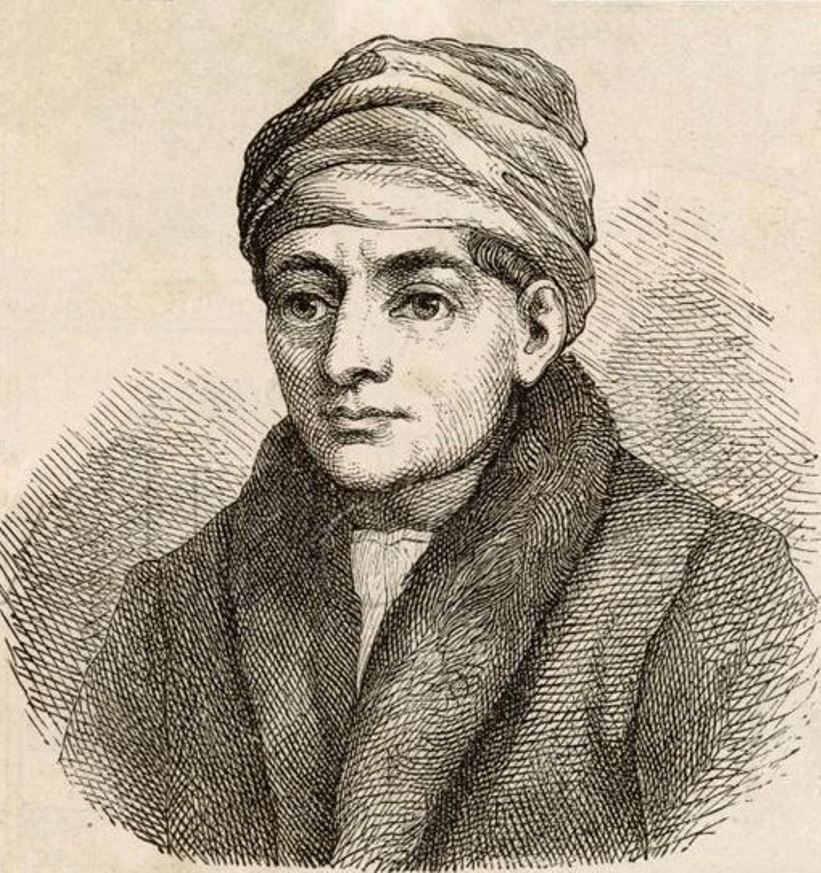
Regiomontanus, real name Johannes Müller, was a 15th-century German astronomer and mathematician, one of the first printers.
The son of a miller, he entered the University of Leipzig at the age of 11 and later transferred to the University of Vienna. In 1452, Regiomontanus earned a bachelor's degree and then a master's degree. With his teacher, the mathematical astronomer Georg von Peyerbach (d. 1461), he spent the next years practicing astronomy and astrology, including observations of eclipses and comets, making astronomical instruments, and compiling horoscopes for the court of Holy Roman Emperor Frederick III.
Regiomontanus was also seriously involved in mathematics, publishing his major work on trigonometry, On All Kinds of Triangles (1462-1464). From 1467 to 1471, Regiomontanus lived in Hungary as astrologer to Hungarian King Matyas I and Archbishop Janos Vitez. Then in Nuremberg, Germany, he opened an instrument workshop, established a printing house, and continued his planetary observations. The scholar planned to print extensive publications on classical, medieval, and modern mathematical sciences, but not all plans came to fruition.
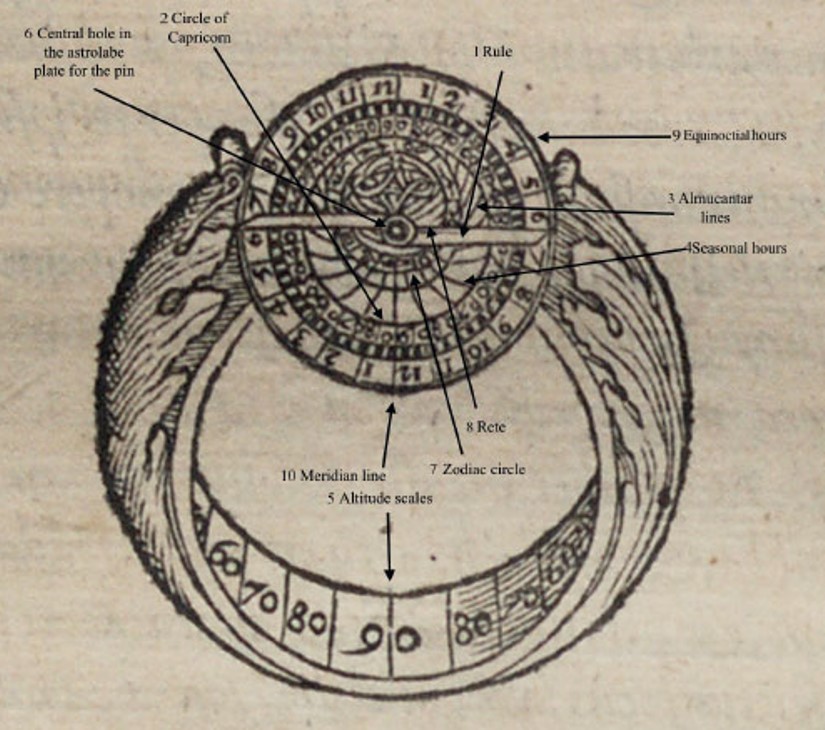
Bonetus de Latis or Jacob ben Emanuel Provenzale was a French physician and astrologer of Jewish origin.
Originally from Provence, France, he was a rabbi, and in Rome became physician to Pope Alexander VI and later Pope Leo X. Latis is known mainly as the inventor of the ring-shaped sundial, an astronomical circular dial that could be used to measure solar and stellar altitudes and determine the time with great accuracy both day and night. These clocks were portable and easy to use for navigation. Latis also wrote a treatise known among scholars about the astrolabe ring (1492-1493).

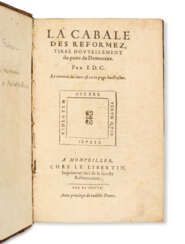


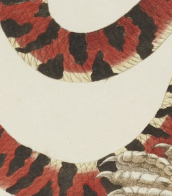


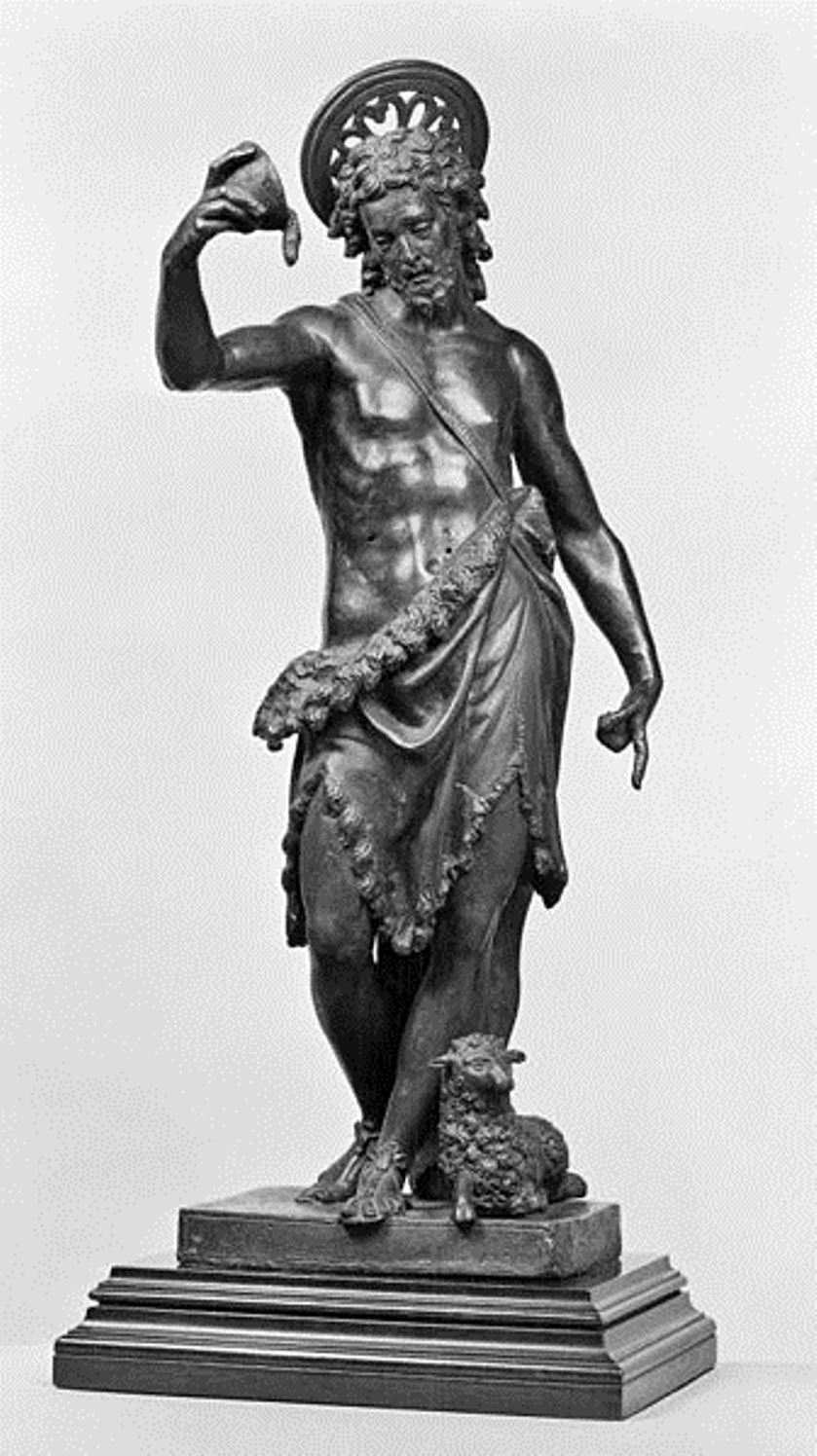
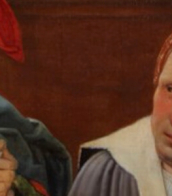


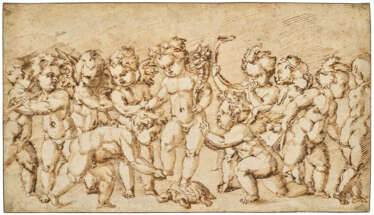

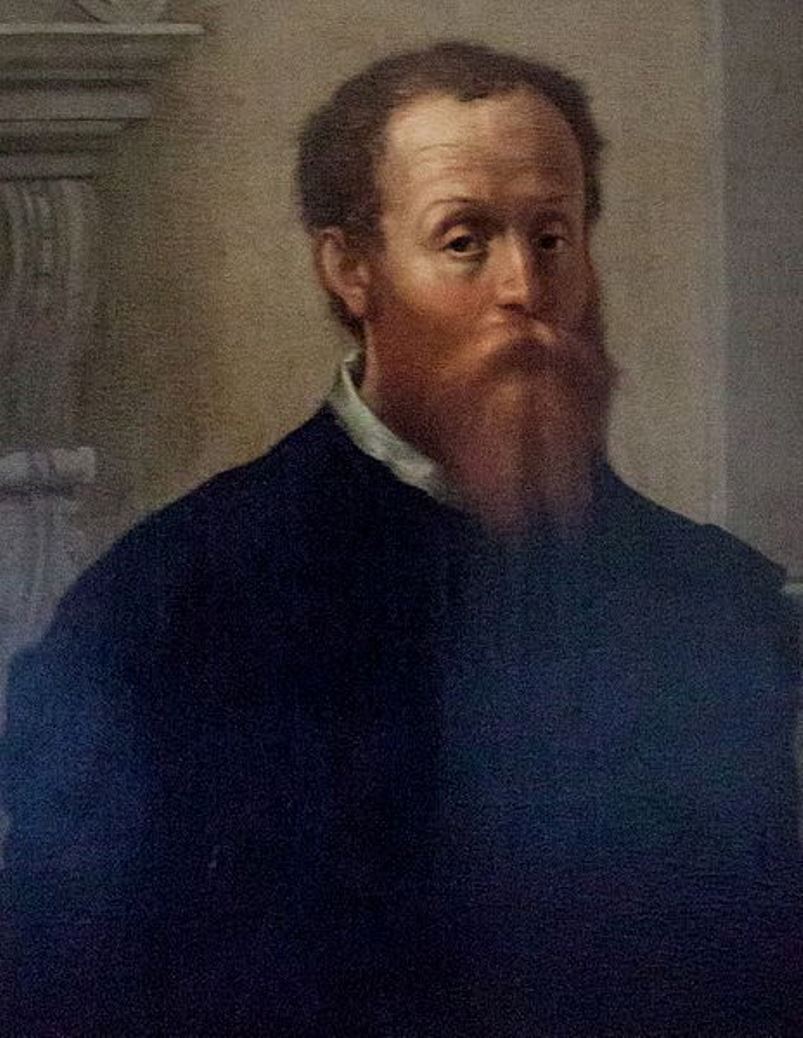
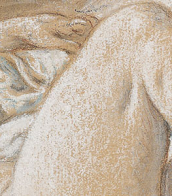
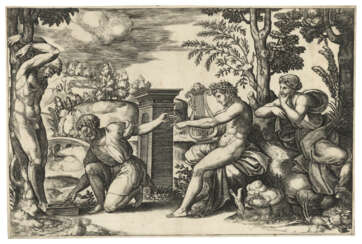

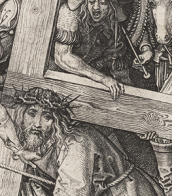
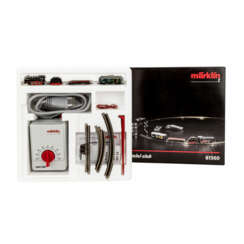


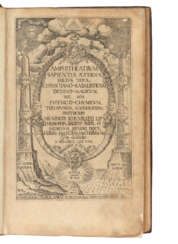

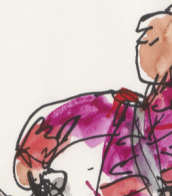


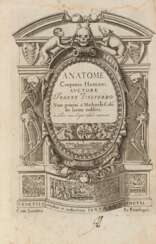

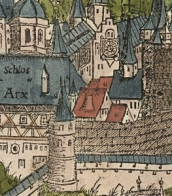
![DU BELLAY, Joachim (1522-1560). Discours au Roy sur la Trefve de l’an M.D.L.V. par Ioach. De Bellay ang. Paris : Fédéric Morel, 1558 [avec] Les regrets et autres oeuvres poétiques de Ioach. Du Bellay, ang. Paris : Federic Morel, 1559 [avec]](/assets/image/picture_1320885/ced84/517997dafc30394d20e258da9502c6731616454000jpg__fix_374_244.jpeg)
![DU BELLAY, Joachim (1522-1560). Discours au Roy sur la Trefve de l’an M.D.L.V. par Ioach. De Bellay ang. Paris : Fédéric Morel, 1558 [avec] Les regrets et autres oeuvres poétiques de Ioach. Du Bellay, ang. Paris : Federic Morel, 1559 [avec]](https://veryimportantlot.com/assets/image/picture_1320885/ced84/517997dafc30394d20e258da9502c6731616454000jpg__fix_374_244.jpeg)
